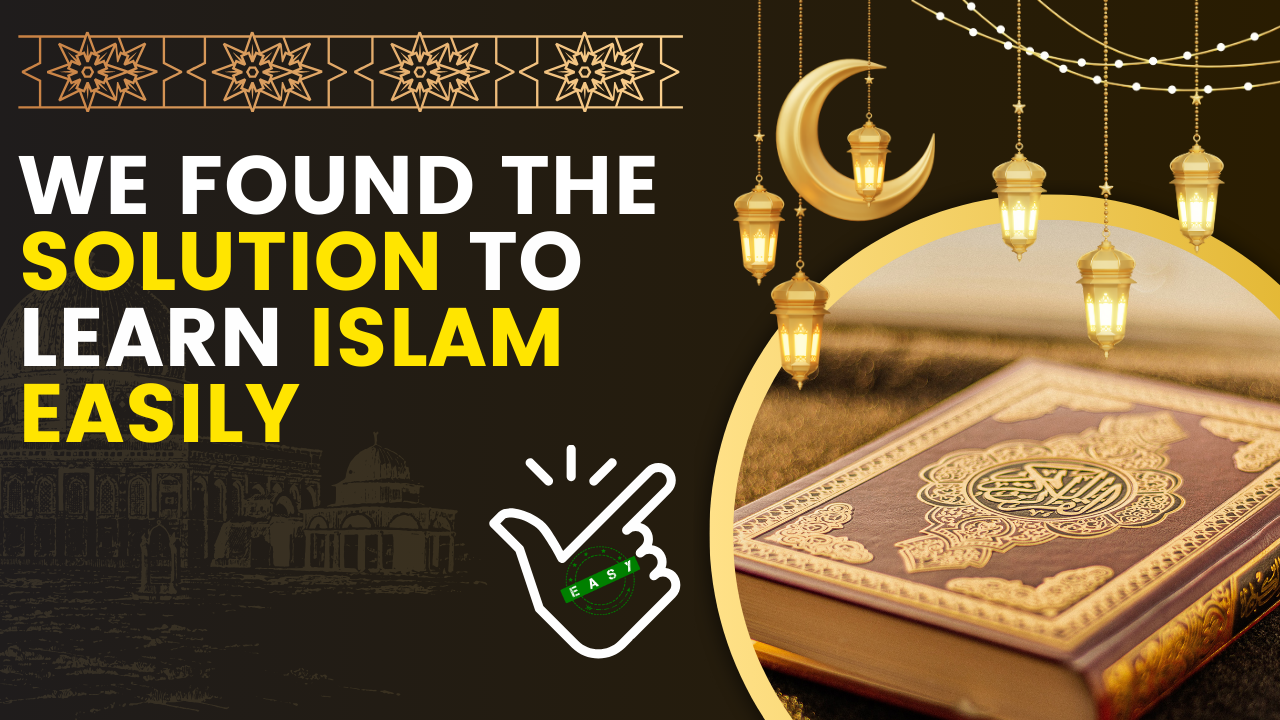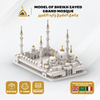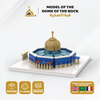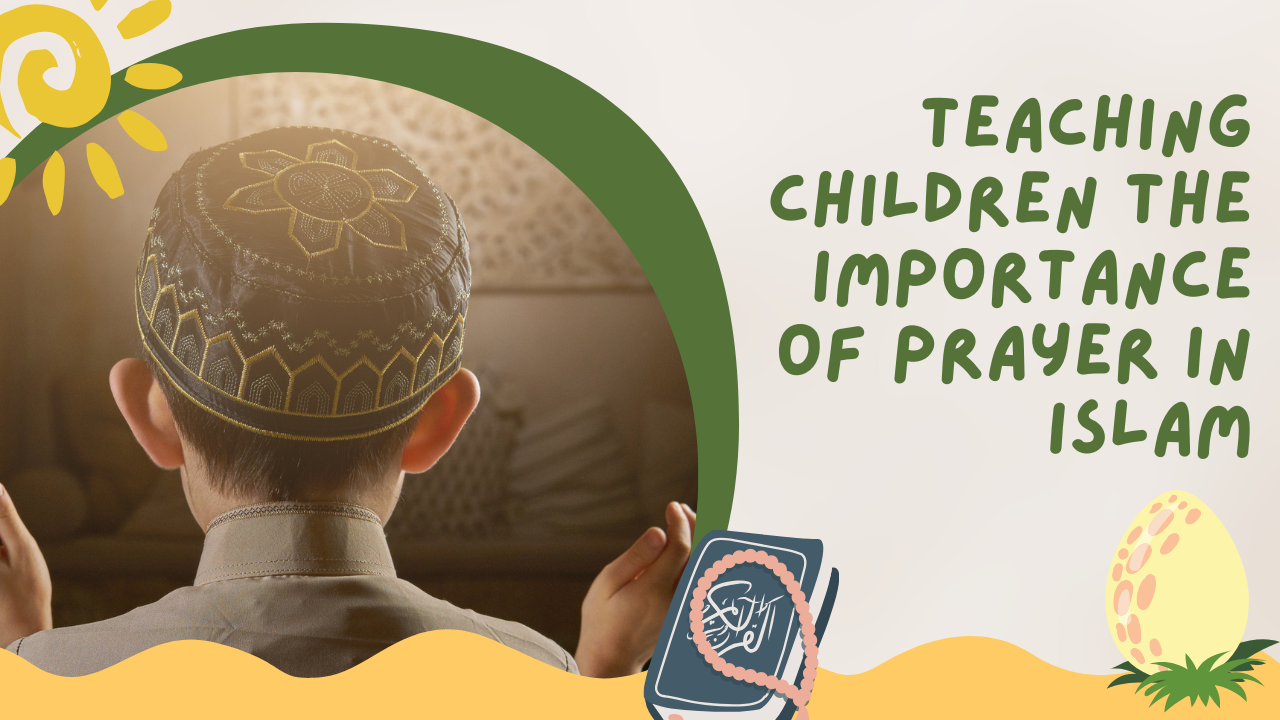Join us for an overview of the key archaeological islamic sites in Saudi Arabia, the emerging premier destination for history enthusiasts.
Introduction
In Saudi Arabia, Mecca and Medina have long been the focal points for visitors, given that the country, the birthplace of Islam hosting its two holiest sites, is an essential pilgrimage destination. However, in recent times, Saudi Arabia has been striving to expand and diversify its tourism offerings, and it has indeed achieved notable success in this endeavor. This land, inhabited for hundreds of thousands of years, holds genuine archaeological and heritage treasures.
Over the millennia, prior to the advent of Islam, the Arabian Peninsula witnessed the imprint of numerous civilizations on its landscapes. In Saudi territory, Homo Erectus gave way to renowned civilizations, from the Mesopotamians to the Romans, including the Nabataeans. In recent years, Saudi Arabia has embarked on an extensive project to showcase the archaeological remnants of this rich history.
This effort has borne fruit, and heritage has become a key driver of its tourism growth. Perhaps you'll be part of this journey soon? We hope so and invite you, in the meantime, to explore the most beautiful islamic sites in Saudi Arabia in this article.
Al-‘Ula

A major exhibition at the Arab World Institute in Paris, along with a plethora of articles, broadcasts, and conferences— it's an understatement to say that the Al-‘Ula site has been in the spotlight over the past two years! Located in the northwest of Saudi Arabia, this region boasts such an extraordinary archaeological heritage that the country has embarked on a flagship project for its enhancement.
Today, it is indeed an expansive open-air museum that you can explore. Through excavations, discoveries range from tools dating back to the Paleolithic era to traces of Nabataean, Roman, pre-Islamic, and Islamic civilizations. In this context, we present two of the primary sites in Al-‘Ula, although there are many others that are equally worth a visit.
Hegra
 photo credit : Shutterstock – Zaruba Ondrej
photo credit : Shutterstock – Zaruba Ondrej
Hegra is undoubtedly the most breathtaking site you will encounter in Al-‘Ula. It served, much like Petra in Jordan, as one of the epicenters of the Nabataean civilization. The Nabataeans, on the one hand, developed ingenious agricultural and irrigation systems, traces of which are still evident today.
However, Hegra is primarily known for its spectacular rock-carved tombs reminiscent of the monuments in Petra. If there is an unmissable archaeological site in Saudi Arabia, it is Hegra, also classified as a UNESCO World Heritage Site!
Old Town
 photo credit : Shutterstock – Crystal Eye Studio
photo credit : Shutterstock – Crystal Eye Studio
Here is another must-see gem you will have the opportunity to discover in the Al-‘Ula region. Although not as ancient as Hegra, the old town of Al-‘Ula still houses buildings dating back to the 12th century.
During that time, it became a center on trade and pilgrimage routes and underwent continuous development. Today, the city still hosts 900 ancient mud-brick houses, forming a well-preserved ensemble and an evocative testament to the past.
Dir’iyah
 photo credit : Shutterstock – Fedor Selivanov
photo credit : Shutterstock – Fedor Selivanov
Founded in the 15th century, the Dir’iyah site hosted the first capital of the Saudi dynasty. To this day, the At-Turaif district still houses an architectural ensemble representative of the Najdi style, characteristic of the Arabian Peninsula.
This citadel is one of the most significant archaeological sites in Saudi Arabia for several reasons. On one hand, it was a crucial center of political and religious power for centuries, from which the Islamic reform spread throughout Arabia. On the other hand, the remnants of its palaces and dwellings are exceptionally well-preserved and restored, providing a vibrant testament to the past.
All of these factors make it a must-visit site, and its proximity to Riyadh adds to its accessibility.
Tayma
 photo credit : Shutterstock – Mohammed Riyas
photo credit : Shutterstock – Mohammed Riyas
Tayma stands as one of the oldest human occupation sites on the Arabian Peninsula. In 2016, a human bone dating back 90,000 years was discovered here. The site has also yielded numerous animal fossils and cultural artifacts from various periods. Tayma was, for a long time, a hospitable oasis before the desertification of the peninsula.
This location held significance for various kingdoms, including that of the Babylonian king Nabonidus. Additionally, the city is mentioned in the Bible and in Aramaic inscriptions dating back to the first millennium BCE. Today, visitors can explore a spectacular well called Bir Haddaj, constructed under Nabonidus. The site also features a fascinating archaeological museum, remains of palaces, and the remarkable split rock, making it a compelling archaeological destination in Saudi Arabia.
Dumat al-Jundal
 photo credit : Shutterstock – Mei-Hui Huang
photo credit : Shutterstock – Mei-Hui Huang
Located in northwestern Saudi Arabia, Dumat al-Jundal is an ancient city currently undergoing restoration. Its strategic location was no accident, as it served as a crossroads for trade routes connecting Mesopotamia, Syria, and the Arabian Peninsula. This city held significant political importance and is mentioned in writings dating back to the 10th century BCE. It was controlled by the Nabateans and Romans before being conquered by the Islamic Empire in 633 CE.
Today, the striking silhouette of the Qasr Marid fortress remains a prominent feature of the landscape. Next to it stands the minaret of the Omar ibn al-Khattab Mosque, built in the 7th century. Additionally, the ruins of ancient villages and the city wall evoke the vibrant history of what was once a dynamic and powerful oasis.
Ile of Tarout
 photo credit : Shutterstock – Hugo Brizard – YouGoPhoto
photo credit : Shutterstock – Hugo Brizard – YouGoPhoto
Located on the Persian Gulf, Tarout Island is a significant archaeological site in Saudi Arabia. It stands as one of the oldest inhabited areas in the region, with evidence of human presence dating back to 5000 BCE. The island played a crucial role in the powerful Dilmun empire, which left its mark on ancient Mesopotamia.
For millennia, Tarout Island served as a prominent trade hub. Archaeological excavations have unearthed numerous statues and pottery fragments, many of which are on display at the Riyadh museum. One particularly iconic discovery is a statue made of pure gold depicting a goddess.
Beyond these treasures, the island is dotted with architectural remnants that bear witness to its varied history. The most emblematic structure is the imposing castle, with its four towers standing sentinel over the island and its current inhabitants.
Rock art of the Hail region
 photo credit : Shutterstock – alelaimi
photo credit : Shutterstock – alelaimi
The rock art in the Hail region is concentrated at two sites: Jebel Umm Sinman in Jubbah and Jebels al-Manjor and Raat in Shuwaymis. These sites host depictions spanning nearly 10,000 years of human history, earning them a place on the UNESCO World Heritage List.
Although the region is now arid, it once experienced more favorable conditions that allowed for the early settlement of populations. Over the millennia, environmental changes led to shifts in human occupation without causing it to vanish.
The successive populations in the region documented their existence through rock art, utilizing elements of the landscape. Today, Hail is home to the largest and most extensive collection of rock art in this part of the world. It serves as an incredible open-air library, crafted by generations of artists and craftsmen over several millennia.
Hima cultural area
 photo credit : Wikimedia – retlaw snellac
photo credit : Wikimedia – retlaw snellac
The cultural area of Hima is the latest archaeological site in Saudi Arabia to join the UNESCO World Heritage List, as of July 2021. Located in the southwest of the country, this mountainous and arid region was once a significant stop along caravan routes.
For 7,000 years, until the 20th century, numerous merchants and military personnel circulated or stayed in this region, leaving behind a multitude of imprints engraved in the rock.
These engravings are diverse, dating from various periods, and are generally well-preserved. The drawings coexist with inscriptions in a variety of alphabets, ranging from Aramaic-Nabataean to Greek. Thus, a long and rich history unfolds in a particularly vivid manner on the rock walls of Hima. Additionally, the region has been relatively unexplored, but it is believed to house numerous ancient burial sites, structures, and wells. The history of Hima is still in the process of being written!
Conclusion
After announcing no fewer than ten archaeological discoveries in 2017 and transforming Al-‘Ula into a genuine open-air museum, Saudi Arabia continues to embark on numerous excavation projects. Therefore, it would not be surprising if this list continues to expand in the coming years!









